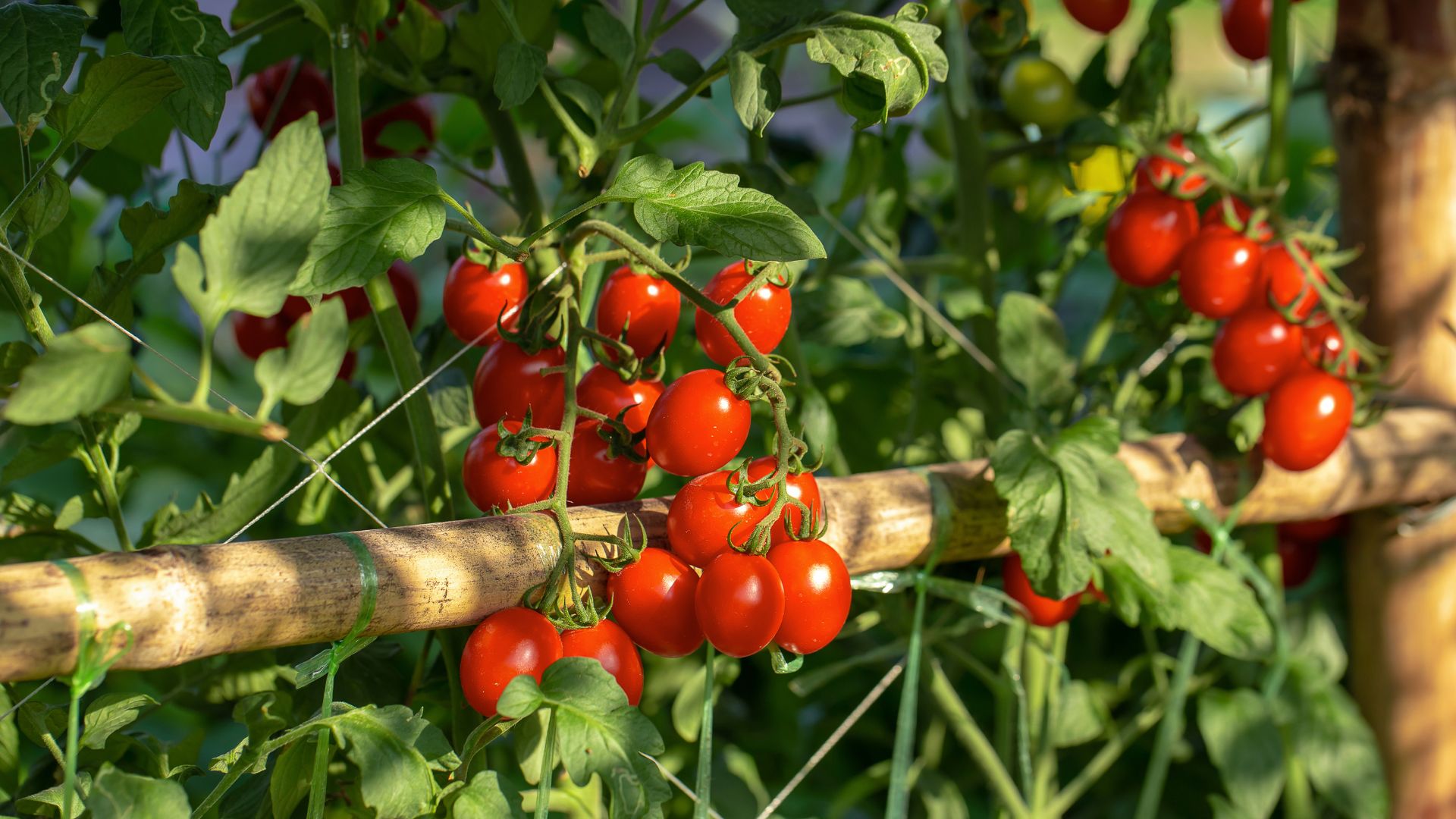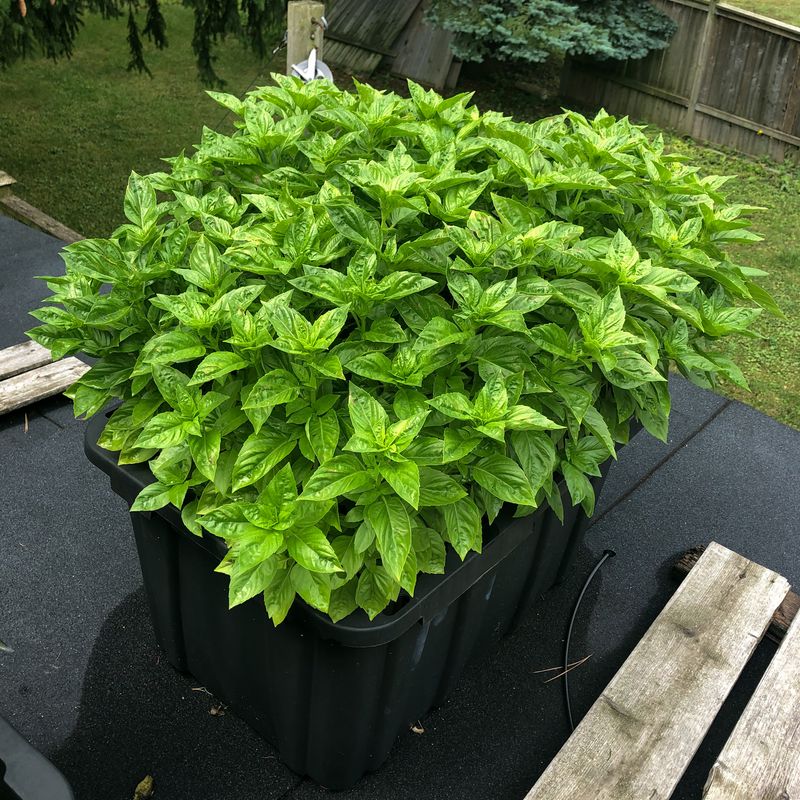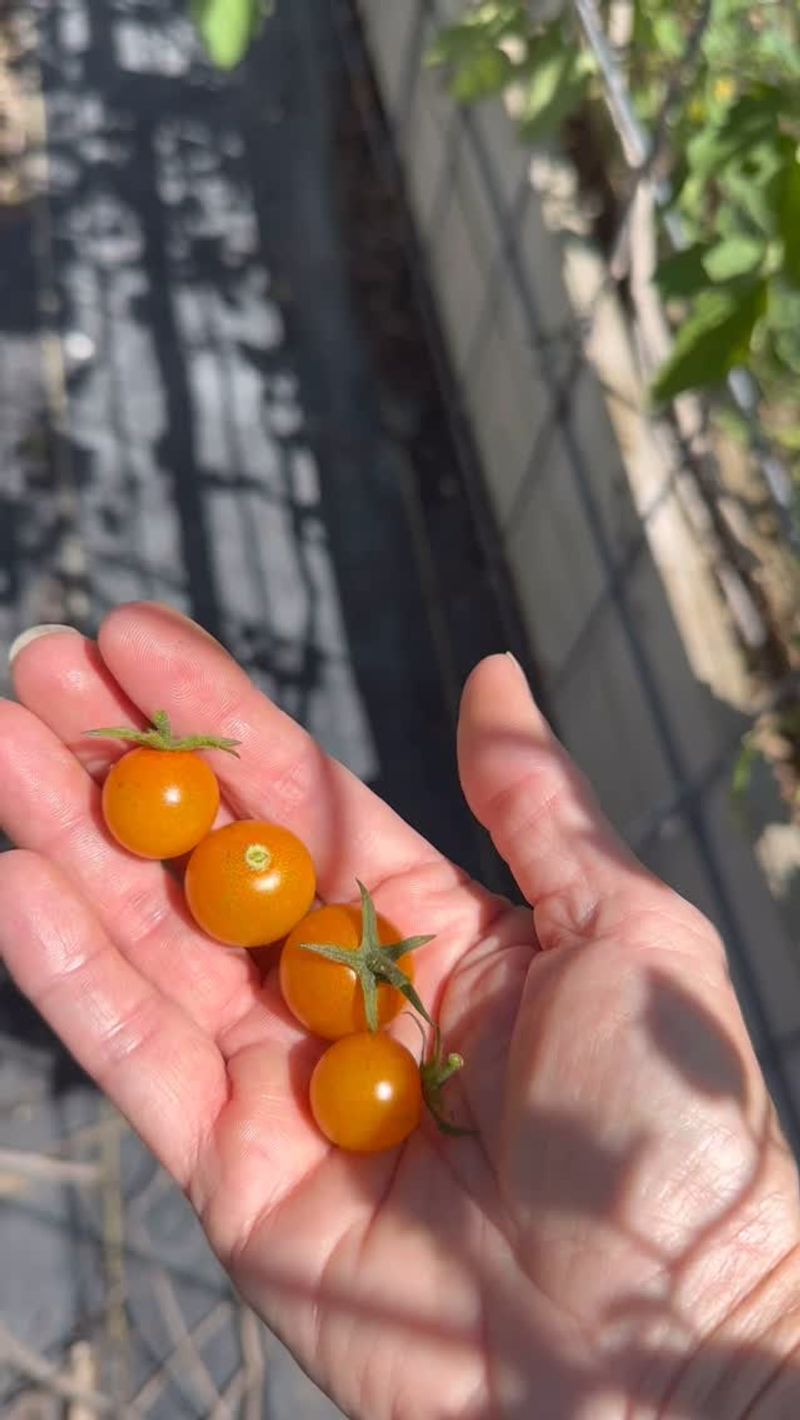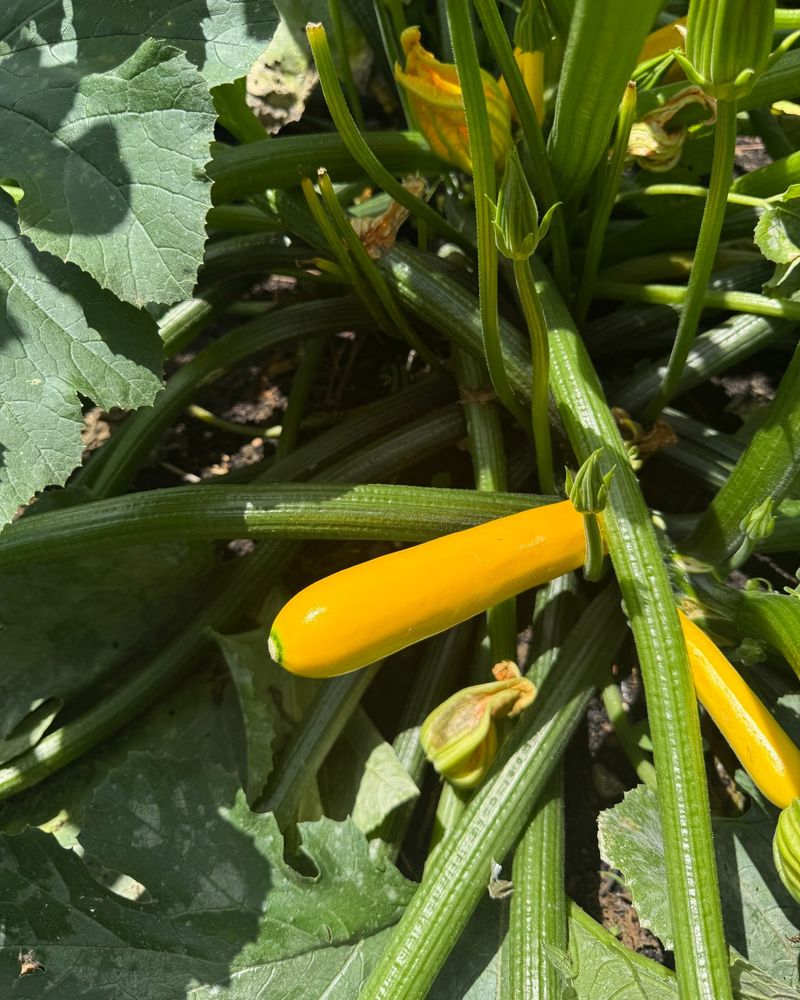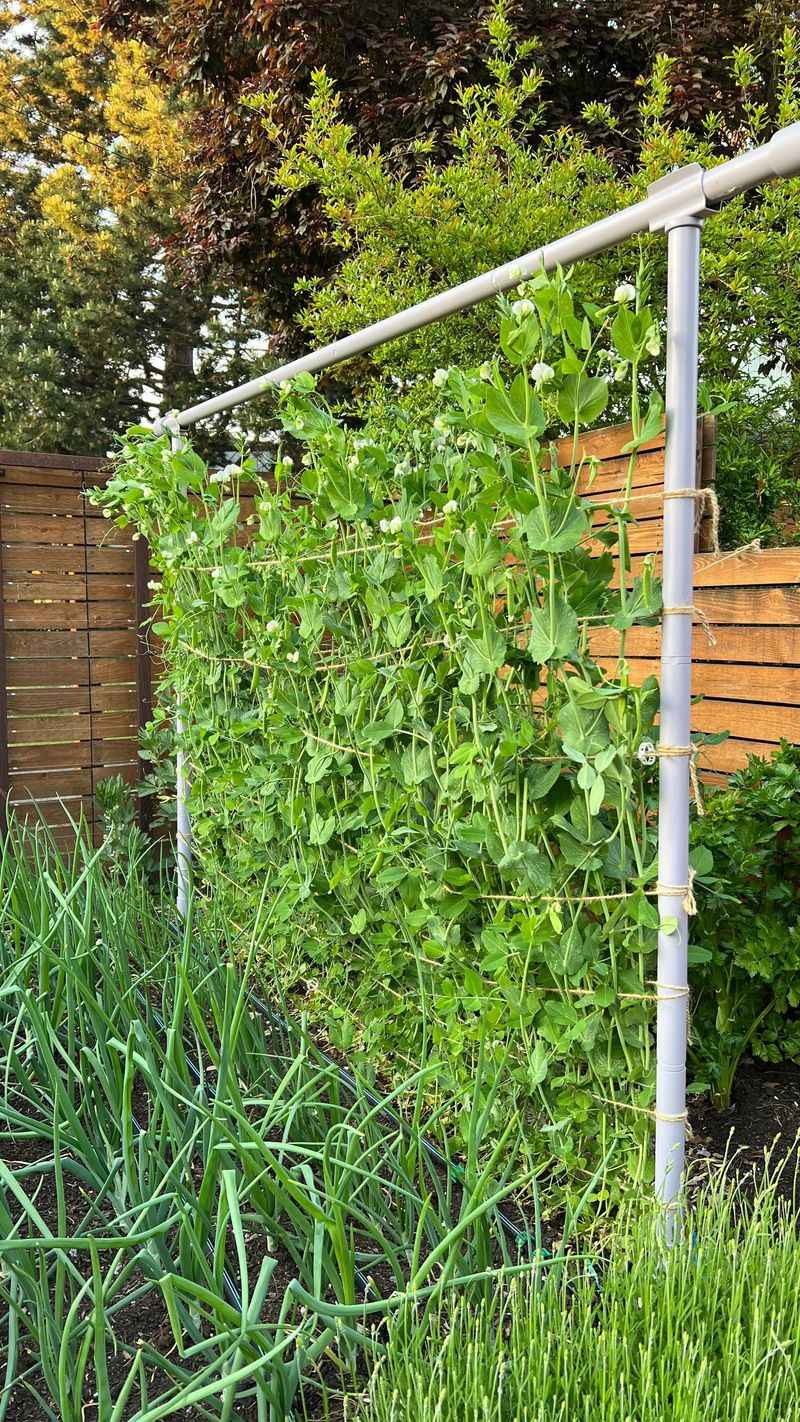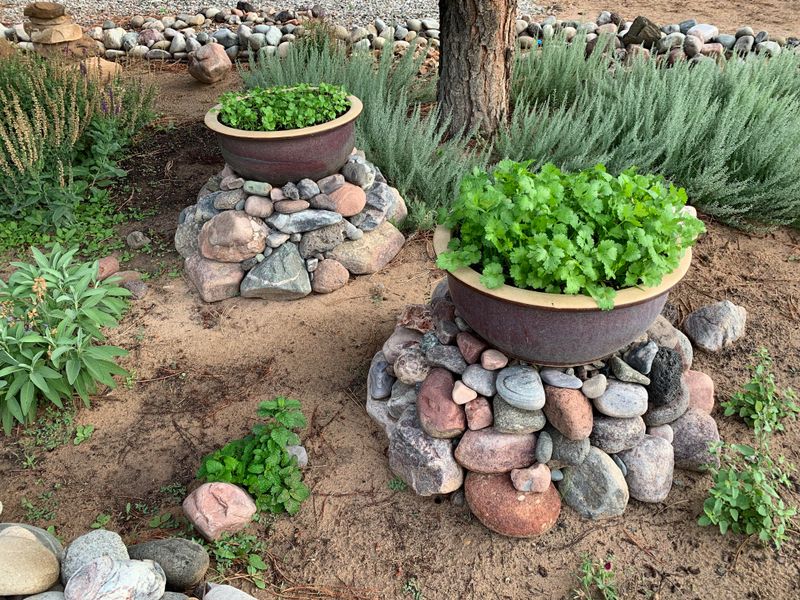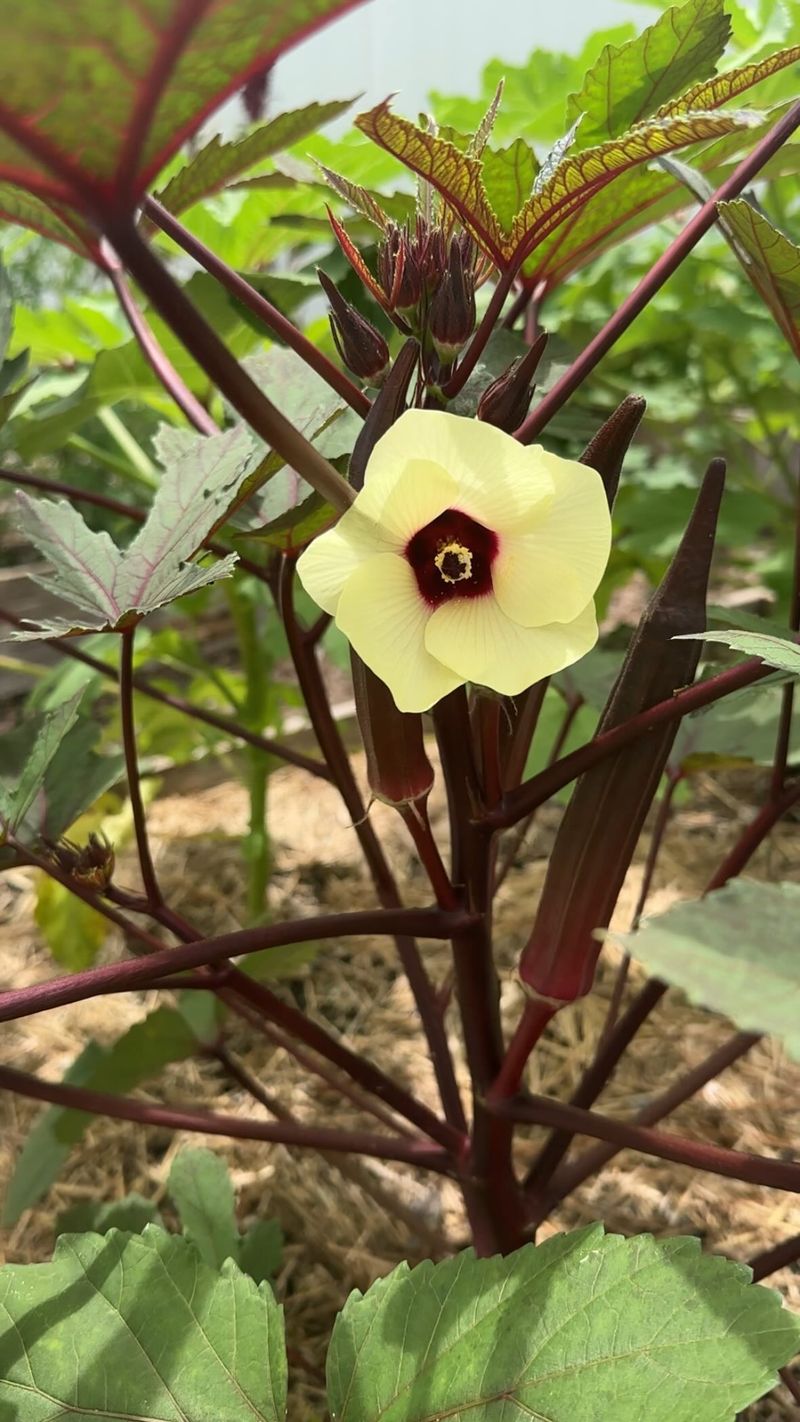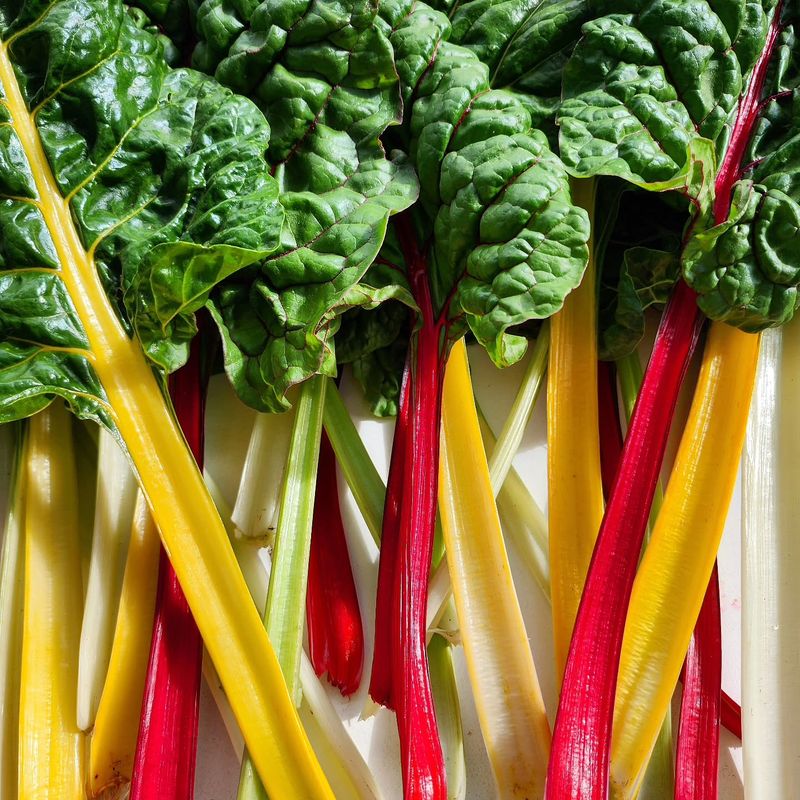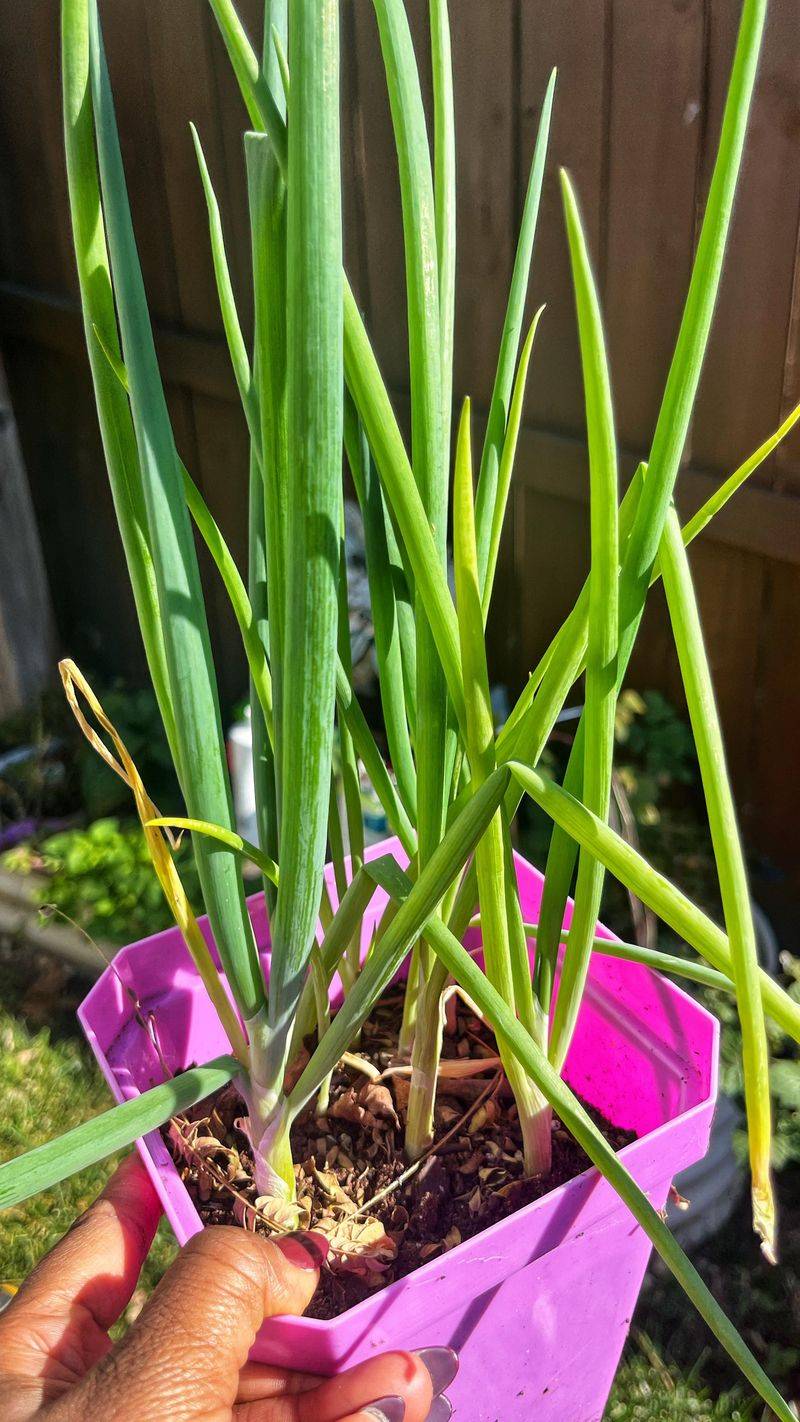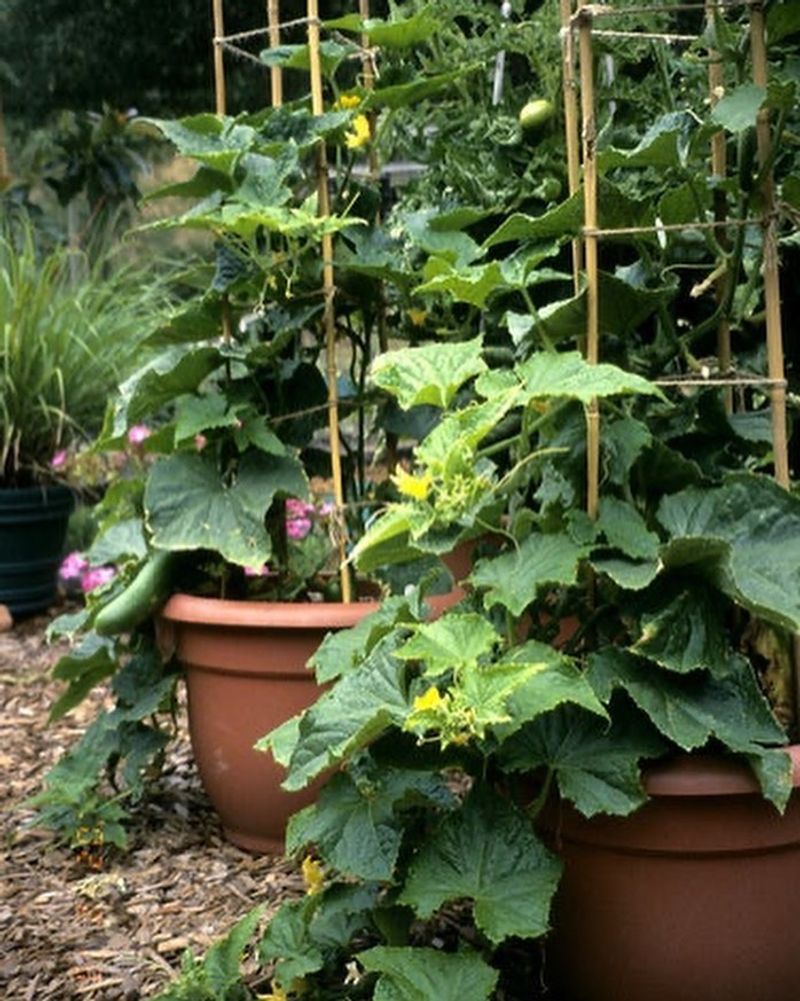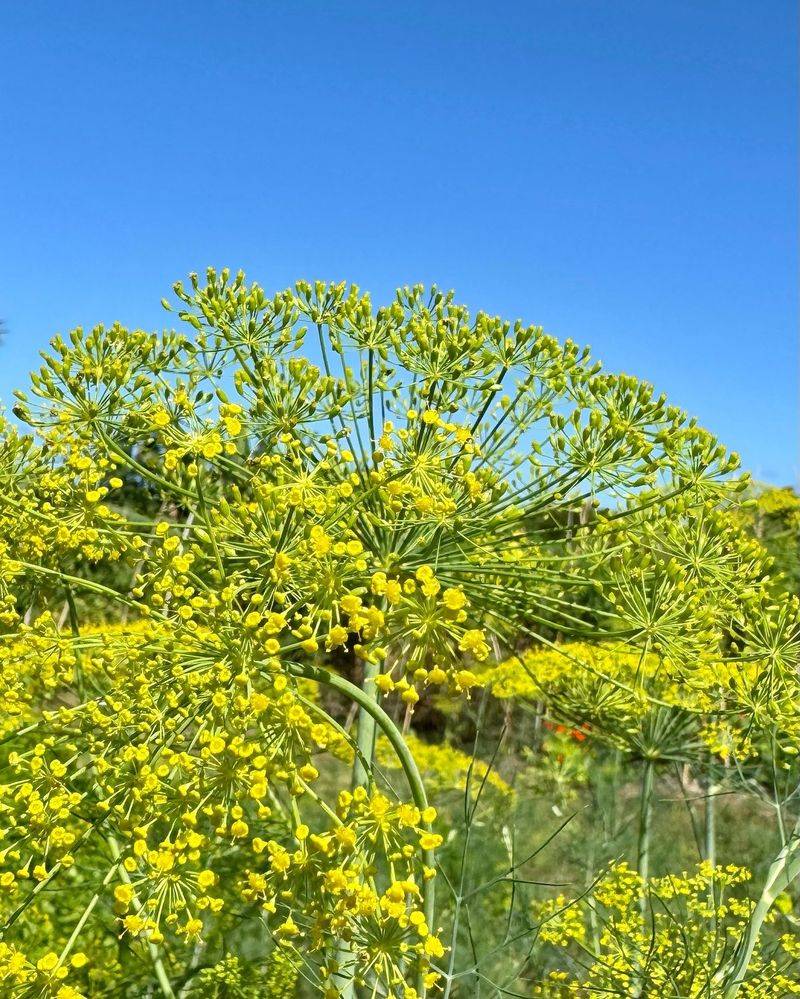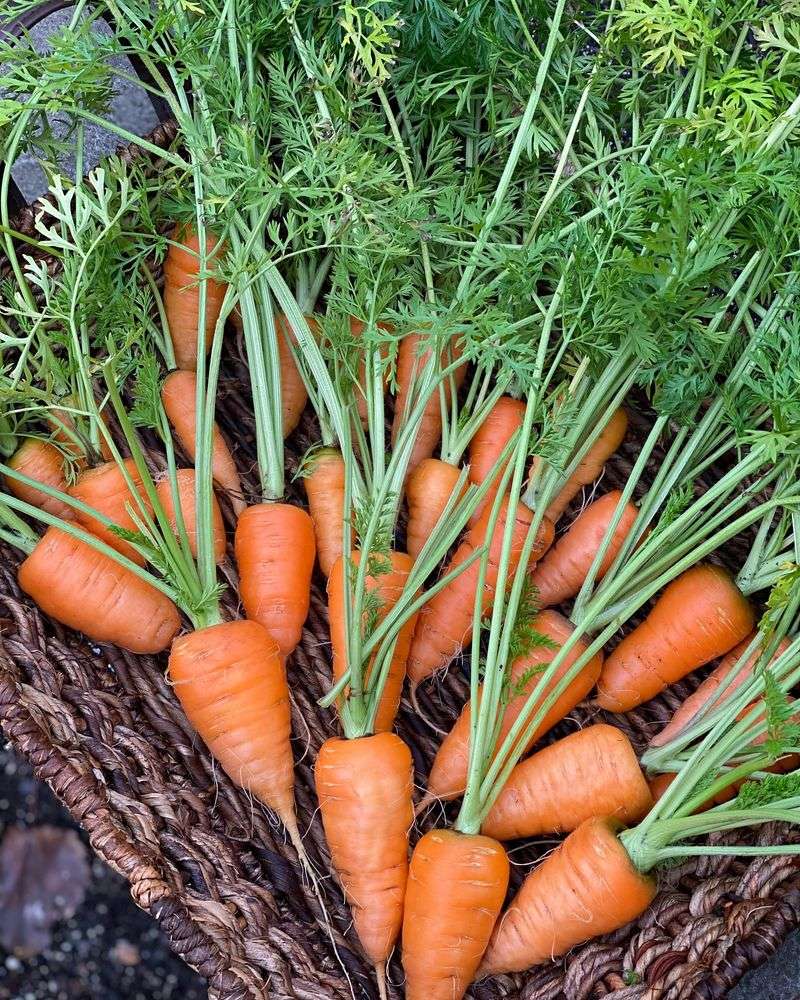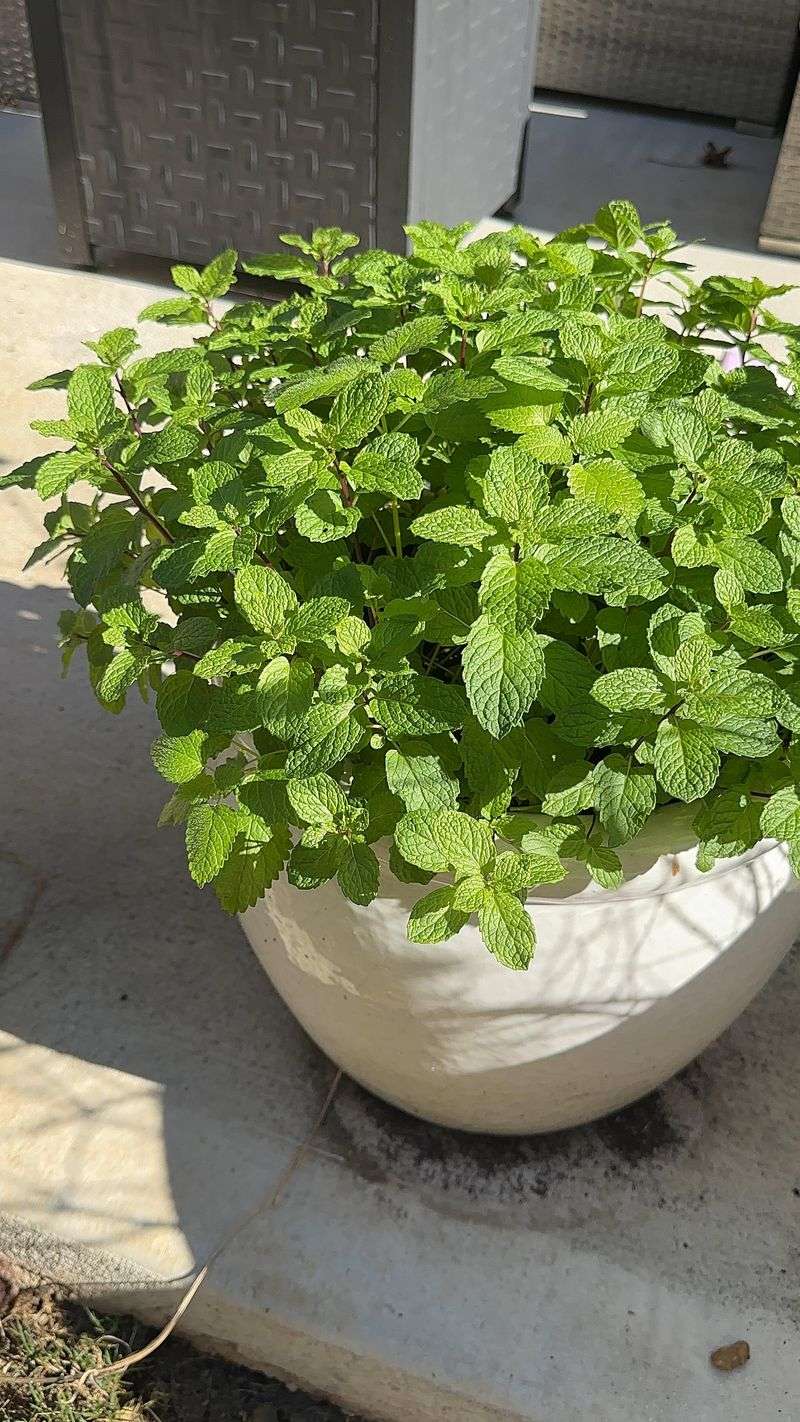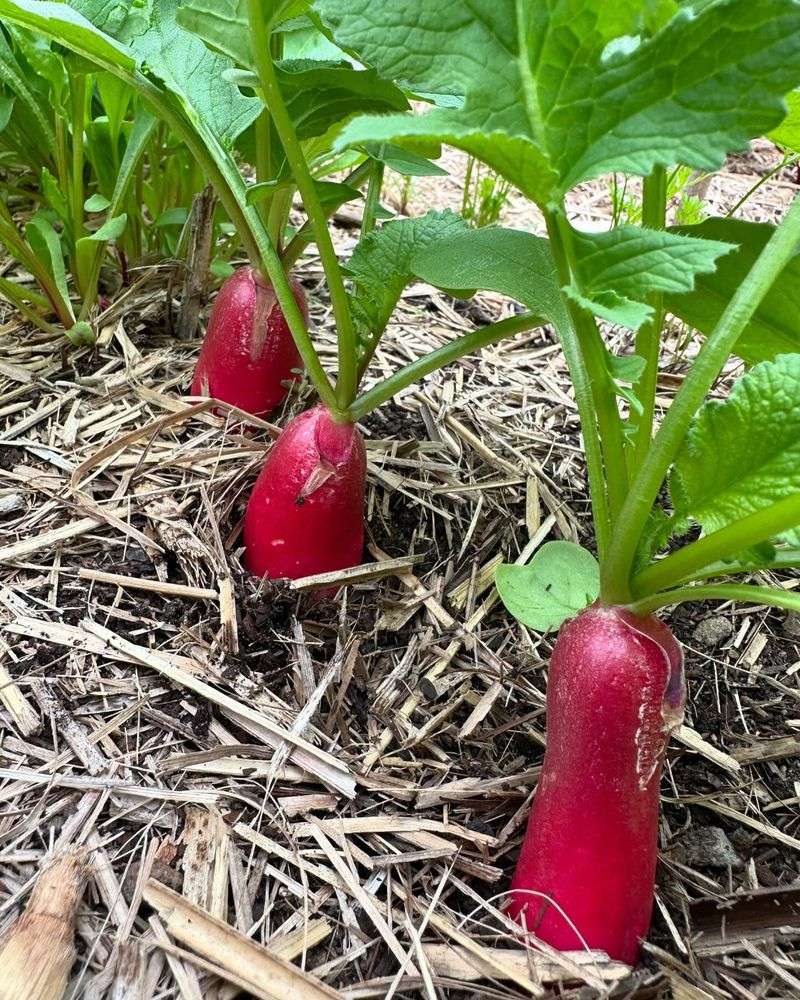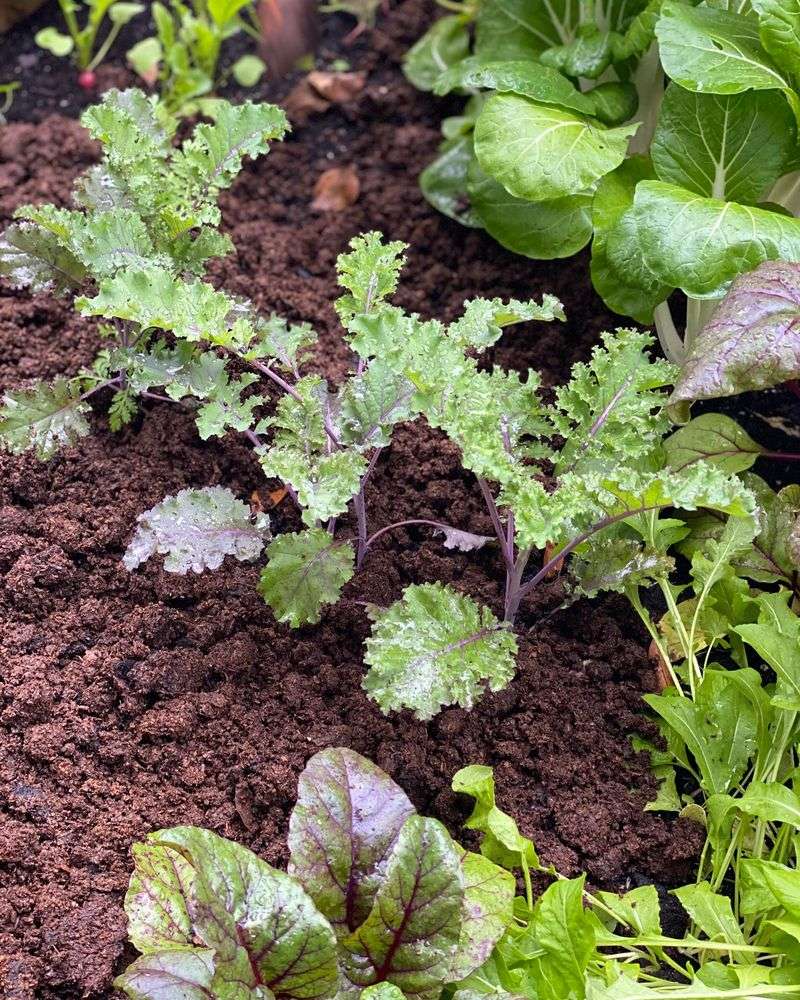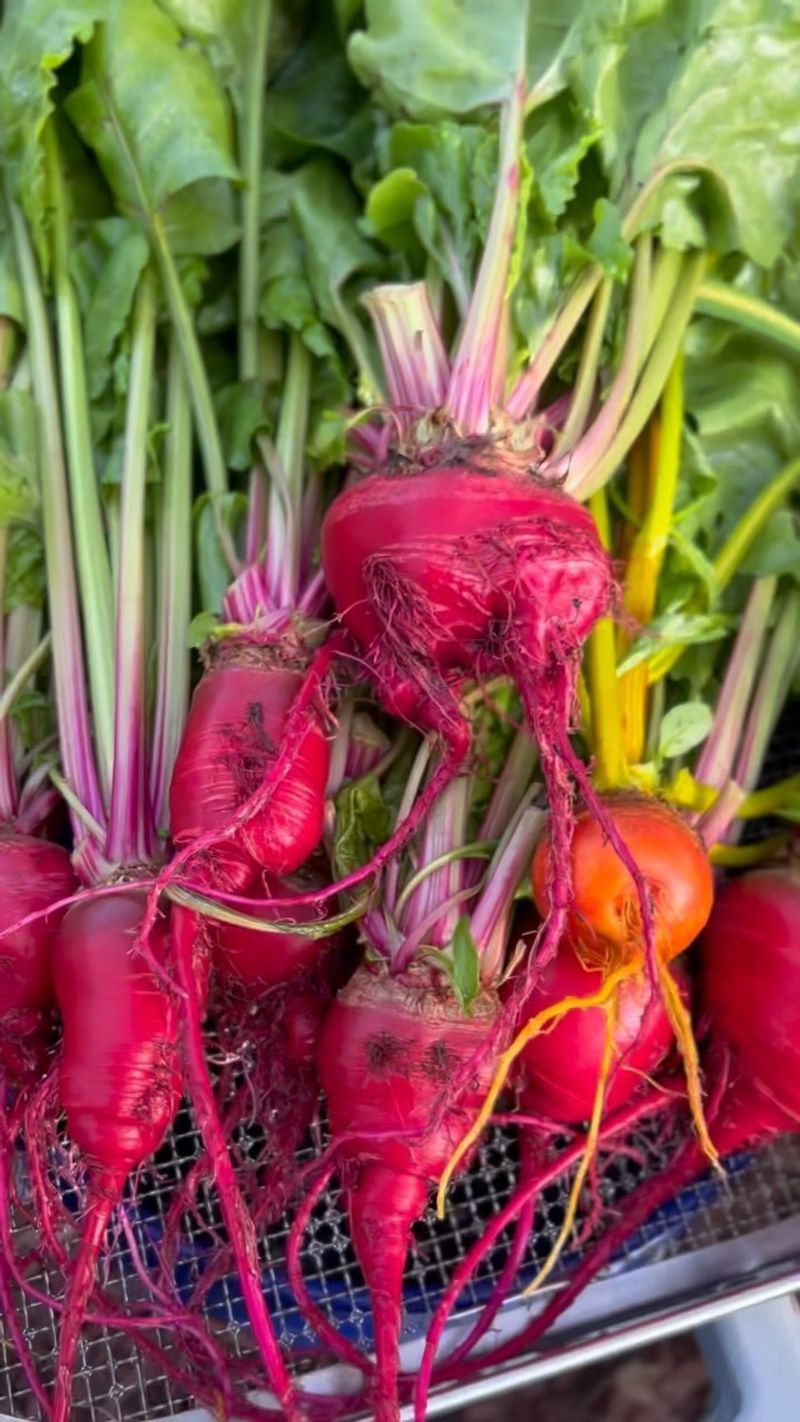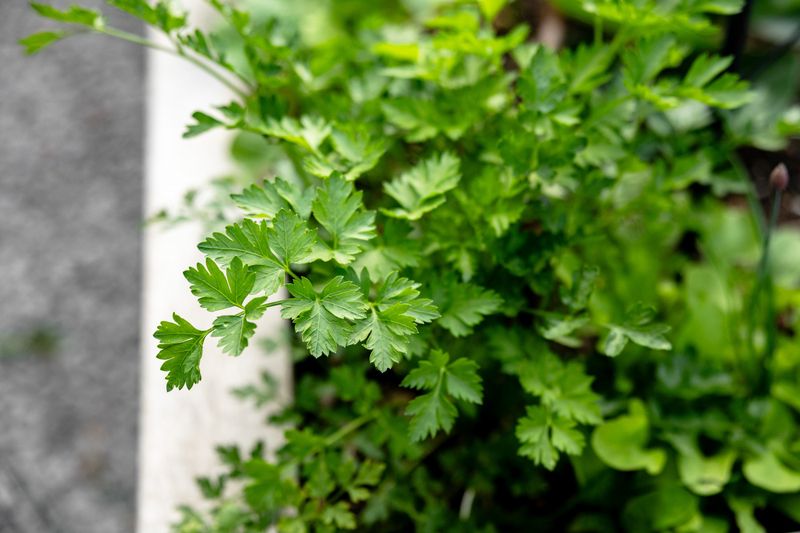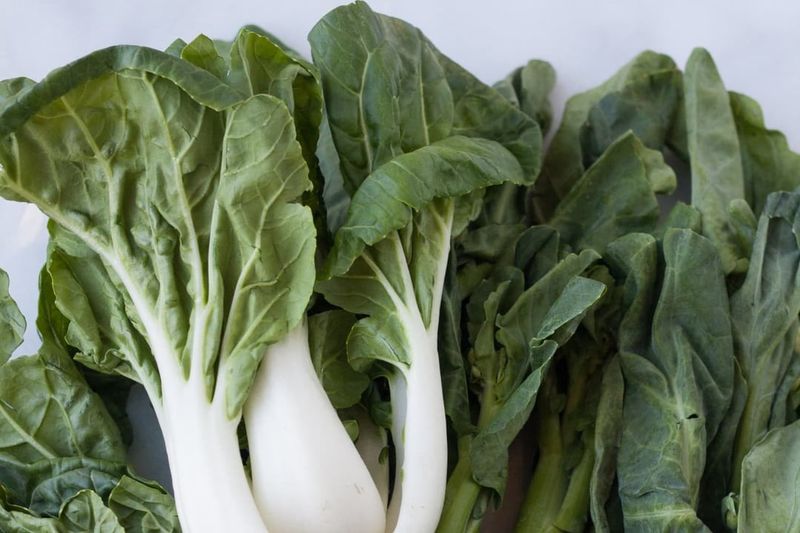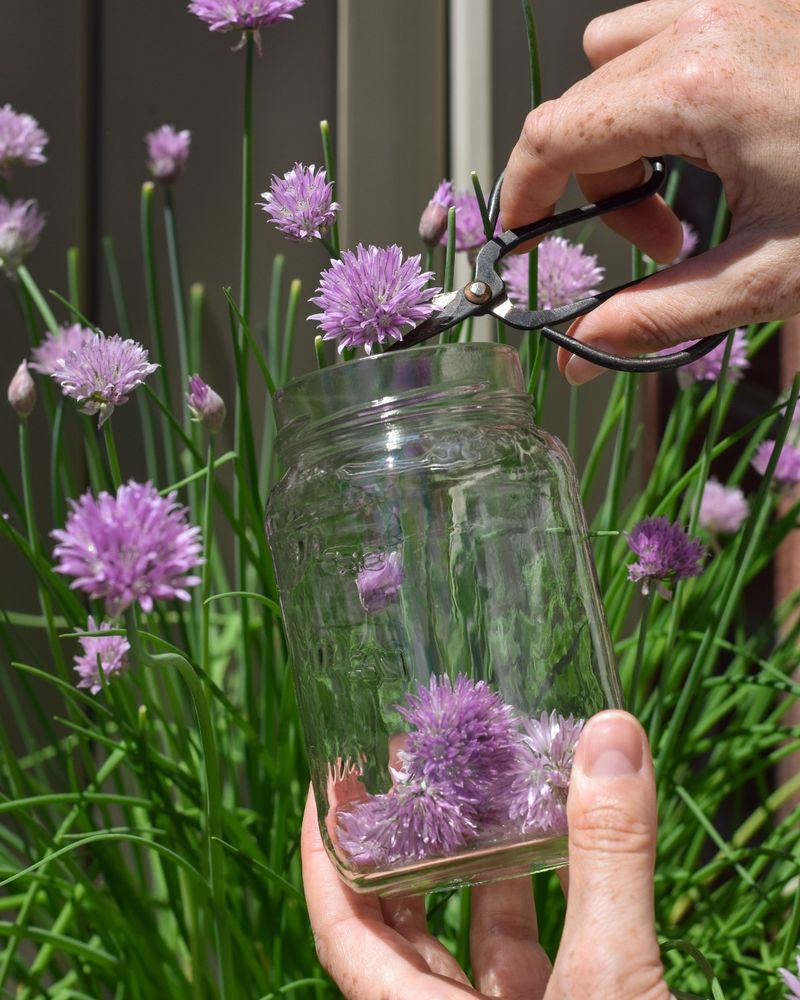Think it’s too late to start your garden? I’ve been there—mid-summer hits and you worry you’ve missed the boat. But the truth is, there’s still plenty you can plant and enjoy before fall rolls in. Some of my favorite harvests have come from late-season planting.
With the right vegetables and herbs, you’ll be surprised how much you can grow in just a few weeks. Whether you’re filling in gaps or just getting started, these fast-growing crops will reward you with fresh flavors and a garden that still feels full of life.
1. Bush Beans
Ready to harvest in just 50-60 days, bush beans thrive in warm soil and bright sunshine. They don’t need trellising like pole varieties, making them perfect for gardeners short on space or time.
Plant seeds about an inch deep and three inches apart, then watch them sprout within a week. The compact plants produce tender, flavorful pods that are delicious steamed or added to summer salads.
I’ve found that staggering plantings every two weeks provides a continuous harvest instead of one overwhelming bean bonanza. Nothing beats the snap of a freshly picked bean!
2. Basil
Summer’s signature herb grows rapidly in hot weather, reaching harvestable size in just 3-4 weeks. The aromatic leaves pair perfectly with tomatoes and are essential for homemade pesto.
Start with small plants from a garden center for faster results, or sow seeds directly in warm soil. Pinch off flower buds as they appear to encourage bushier growth and prevent the leaves from becoming bitter.
Placing a pot near your kitchen door creates an instant aromatic welcome while ensuring you’ll actually use it. My basil production quadrupled when I started harvesting regularly rather than waiting for ‘special’ recipes.
3. Cherry Tomatoes
Fast-maturing cherry tomatoes can go from seedling to harvest in as little as 60 days. These sun-lovers produce prolifically until frost, offering sweet, bite-sized fruits perfect for snacking and salads.
Start with nursery transplants rather than seeds for quicker results. Look for determinate varieties labeled for container growing if you’re short on space – they’ll stay compact while still producing abundantly.
Last summer, my ‘Sungold’ plant started as a forgotten seedling but ended up producing hundreds of golden-orange fruits. The plant practically took over my patio, but we had fresh tomatoes until October!
4. Summer Squash
From seed to table in about 50 days, summer squash like zucchini and yellow crookneck grow at an impressive pace. The plants produce abundantly in hot weather, sometimes yielding more than one squash per day at peak production.
Direct sow seeds in hills after all danger of frost has passed, or start with young plants. Give them plenty of room – each plant needs at least two to three feet of space in all directions.
Check plants daily once they begin producing – summer squash can grow from tiny to oversized in just 24 hours! My neighbors now lock their cars during zucchini season to avoid finding their backseats filled with my garden surplus.
5. Cucumbers
Quick-growing cucumbers can produce their first crisp fruits within 50-70 days of planting. They love the heat and will climb enthusiastically if given support, making them perfect for vertical gardening in small spaces.
Choose bush varieties for containers or trellised vining types for ground planting. Regular harvesting encourages more production – the more you pick, the more they produce!
Water consistently to prevent bitter fruits. During last year’s heatwave, my cucumber plants thrived while other vegetables struggled, providing refreshing additions to summer meals when we needed them most.
6. Cilantro
Often overlooked for summer planting, heat-tolerant cilantro varieties like ‘Slow Bolt’ can succeed even when temperatures rise. This essential herb for salsa and summer dishes grows quickly from seed to harvest in just 3-4 weeks.
Plant in partial shade to extend the growing season, and sow seeds every two weeks for continuous harvest. Consider growing in deeper containers where soil stays cooler longer.
When it eventually bolts in the heat, let it flower to attract beneficial insects. The seeds (coriander) can be harvested for cooking or saved for next season’s planting – a double harvest from one plant!
7. Okra
Heat-loving okra actually prefers being planted in warm summer soil rather than spring’s cooler temperatures. The beautiful plants produce tender pods within 60 days while adding ornamental value with their hibiscus-like flowers.
Soak seeds overnight before planting to speed germination. Harvest pods when they’re young and tender (2-4 inches) for best flavor and texture – they grow incredibly fast in hot weather!
The plants reach impressive heights by season’s end, creating a dramatic backdrop for other garden vegetables. My grandmother always said okra was the only vegetable that actually smiled at the thermometer when it hit 95 degrees.
8. Swiss Chard
With its heat tolerance and quick growth, Swiss chard provides colorful greens throughout summer when many lettuce varieties have bolted. The rainbow varieties add visual interest with their vibrant red, yellow, and pink stems.
Direct sow seeds or transplant seedlings, harvesting outer leaves as needed while the center continues growing. This cut-and-come-again approach provides months of continuous harvest from a single planting.
Unlike many greens, chard maintains good flavor even in high temperatures. A small patch planted along my garden fence not only provided regular harvests but also became an unexpected conversation piece with neighbors admiring its colorful display.
9. Green Onions
Ready to harvest in just 30 days, green onions (scallions) are one of the quickest crops you can grow. Their shallow root systems make them perfect for containers or tucked between slower-growing vegetables.
Plant seeds directly in the garden or start with bunches from the grocery store – just plant the white root ends with a bit of green attached. They’ll regrow multiple times, making them incredibly economical.
Keep soil consistently moist for best flavor. For years I’d been throwing away the root ends until learning this trick – now I maintain a perpetual supply in a window box outside my kitchen window for instant meal upgrades.
10. Bush Cucumbers
Compact bush cucumber varieties like ‘Spacemaster’ and ‘Bush Champion’ are perfect for summer planting in containers or small gardens. These varieties produce full-sized fruits on plants that take up half the space of vining types.
Plant seeds directly in warm soil or start with transplants for faster results. Keep soil consistently moist but not waterlogged, and harvest frequently to encourage continued production.
The compact growth habit means you can tuck these productive plants into corners of existing gardens or even grow them in 5-gallon buckets on a sunny patio. Their tidier growth habit also makes spotting and harvesting cucumbers much easier.
11. Dill
Summer-planted dill reaches usable size in just 40-45 days, providing fresh herbs for pickling those cucumbers you’re growing! The feathery foliage adds texture to the garden while attracting beneficial insects like butterflies and predatory wasps.
Direct sow seeds in full sun, as dill doesn’t transplant well due to its long taproot. Allow some plants to flower and set seed – they’ll self-sow for next season while providing food for beneficial insects.
The fresh flavor is incomparable to dried dill. I’ve found that planting a small patch every few weeks ensures I always have some at the perfect stage for harvesting, whether I need delicate fronds or mature seed heads.
12. Baby Carrots
Quick-maturing carrot varieties like ‘Adelaide’ and ‘Romeo’ can be harvested as sweet baby carrots in just 50-60 days. Summer-planted carrots often taste sweeter than spring plantings as they mature during cooling fall temperatures.
Sow seeds directly in loose, stone-free soil about ¼ inch deep. Keep the soil consistently moist until germination, which can take 1-2 weeks. Thin seedlings to 2 inches apart once they reach 2 inches tall.
Consider planting in partial shade during the hottest part of summer. My most successful late-season carrots came from a bed that received morning sun but afternoon shade from a nearby tree – they grew straighter and sweeter than my spring crop.
13. Mint
Vigorous mint establishes quickly when planted in summer, providing aromatic leaves for cooling drinks and desserts. This easy herb thrives in conditions that challenge other plants and can be harvested repeatedly throughout the season.
Plant in containers rather than directly in the garden to contain its enthusiastic spreading. Partial shade works well in hot climates, though mint adapts to full sun with adequate moisture.
Regular harvesting encourages bushier growth. A small pot by our patio gets trimmed weekly for mojitos and tea – the more we cut, the more it grows! Just remember that mint’s aggressive nature means it’s better behaved in pots than free-ranging in garden beds.
14. Radishes
The speed champions of the vegetable world, radishes grow from seed to harvest in an astonishing 21-30 days. Summer planting works well, especially for heat-tolerant varieties like ‘White Icicle’ and ‘French Breakfast.’
Sow seeds directly in the garden every 10 days for continuous harvests. Plant in partial shade during peak summer heat to prevent the roots from becoming too spicy or developing a woody texture.
The quick turnaround makes radishes perfect for utilizing small spaces between slower-growing plants. They’re also great confidence-builders for gardening with kids – seeing results in just three weeks keeps enthusiasm high when waiting for other vegetables to mature.
15. Kale
Summer-planted kale matures into a productive fall crop, with baby leaves ready for harvest in just 30 days. The cooler temperatures of late summer and fall actually improve flavor, making this timing ideal for the best-tasting kale.
Start seeds in a partially shaded location or begin with transplants. Harvest outer leaves individually as needed while the plant continues growing from the center – a single planting can provide months of nutritious greens.
Dwarf varieties like ‘Dwarf Blue Curled’ are perfect for containers. The compact plants are surprisingly productive and can be grown right outside the kitchen door for easy access. They’ve become my favorite low-maintenance crop for continuous harvesting.
16. Beets
Summer-planted beets mature into sweet roots perfect for fall harvest, with baby beet greens ready even sooner. Fast-maturing varieties like ‘Early Wonder’ can be ready in just 50 days from sowing.
Direct sow seeds in full sun to partial shade, planting them ½ inch deep. Each “seed” is actually a cluster that produces multiple seedlings, so thinning is essential once plants reach 2 inches tall.
The thinnings make excellent additions to salads, meaning you’ll get an early harvest even before the roots mature. I’ve converted several “beet skeptics” with tender baby greens that lack the earthy intensity that some people associate with mature beets.
17. Parsley
Flat-leaf or curly parsley planted in summer provides fresh herbs well into fall and often survives winter in milder climates. This nutritional powerhouse adds bright flavor to countless dishes while offering ornamental value in the garden.
Start with transplants for faster results, or sow seeds directly and be patient – germination can take 2-3 weeks. Consistent moisture is key during establishment, especially during hot weather.
Unlike basil and cilantro, parsley doesn’t bolt quickly in heat, making it more reliable for summer planting. A small patch near our grill has become a regular garnish station – a quick snip adds color and flavor to practically everything that comes off the barbecue.
18. Asian Greens
Fast-growing Asian greens like bok choy, tatsoi, and mizuna reach harvestable size in just 30-45 days. These versatile vegetables thrive when planted in late summer as temperatures begin to moderate.
Direct sow seeds in garden beds or containers, keeping soil consistently moist during germination. Many varieties can be harvested multiple times by cutting leaves while leaving the growing center intact.
Their mild flavor makes them perfect for stir-fries, salads, and soups. I’ve found these greens to be some of the most reliable late-season producers in my garden, often continuing to provide harvests well after the first light frosts have damaged other crops.
19. Chives
Perennial chives establish quickly from summer plantings, providing onion-flavored stems and edible purple flowers. The plants will return year after year, making them an excellent investment for herb gardens and ornamental borders alike.
Start with small divisions from established plants or nursery transplants rather than seeds for faster results. Plant in full sun to light shade, keeping soil consistently moist until established.
Regular harvesting encourages fresh growth. The mild onion flavor brightens up summer salads, egg dishes, and potatoes. Some of my chive plants are over a decade old now, dividing and replanting sections every few years keeps them vigorous and productive.

